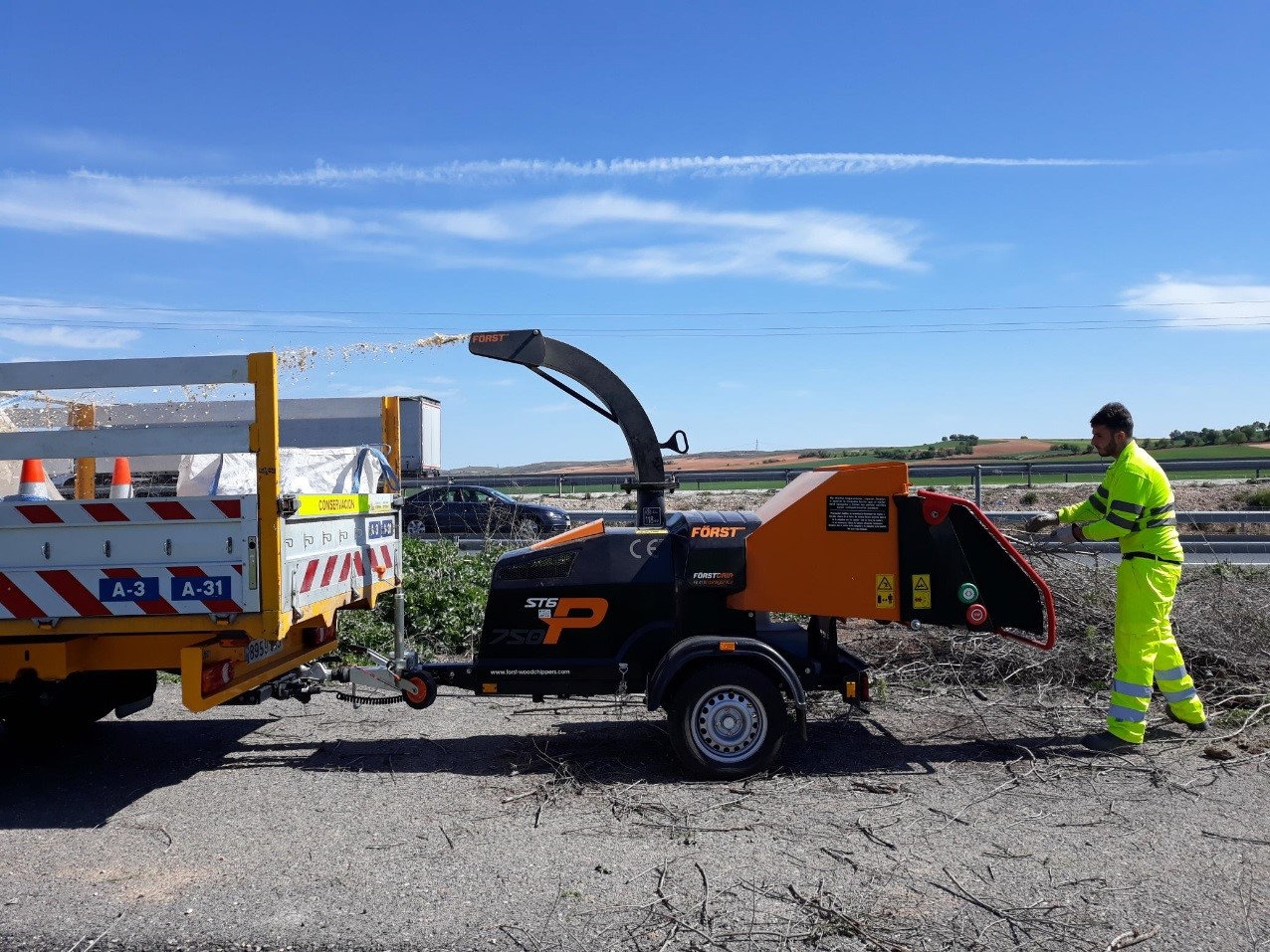Renovation of the Cervera del Llano installations on the A-3 dual carriageway
Description of social and environmental performance.
Problem detected:
In line with MATINSA’s commitment to controlling energy consumption in work centres, the renovation works at the Cervera del Llano installations, which serves the A-3 dual carriageway, were used to propose a sustainable strategy for reducing diesel consumption, i.e., allowing the facility to be self-sufficient and improving its carbon footprint.
In addition, the removal of vegetation is a key task in the maintenance of a road to ensure the safety of road users. This task is carried out annually to prevent reduced visibility, possible collapse of drainage channels and increased fire risk. In the case of the A-3 dual carriageway, the campaign to clear the vegetation on the banks produces large volumes of waste that the organisation must manage.
Solutions adopted:
The combination of both circumstances resulted in an efficient system of waste management and minimisation of resource consumption, as a decision was taken to install a biomass boiler in the work centre, to generate hot water and heating for the installations (offices and warehouse) of the dual-carriageway itself.
To convert vegetation residues into pellet fuel, a bio-shredder was installed with the capacity to fragment branches from the clearing to the size of sawdust, and then allow them to dry and be pressed into pellet format.
Results:
The biomass generated by the clearing of the banks was sufficient to supply fuel to the workplace and generate all the energy needed for a full year, so it has turned out to be a self-sufficient and sustainable system.
In this way, the new energy supply system for the installations of the A-3 dual carriageway in Cervera del Llano has resulted in a reduction in the costs of managing plant waste, which has once again been reintroduced as a resource in the production cycle, as well as a reduction of diesel consumption, with the consequent reduction in the associated greenhouse gas emissions.










